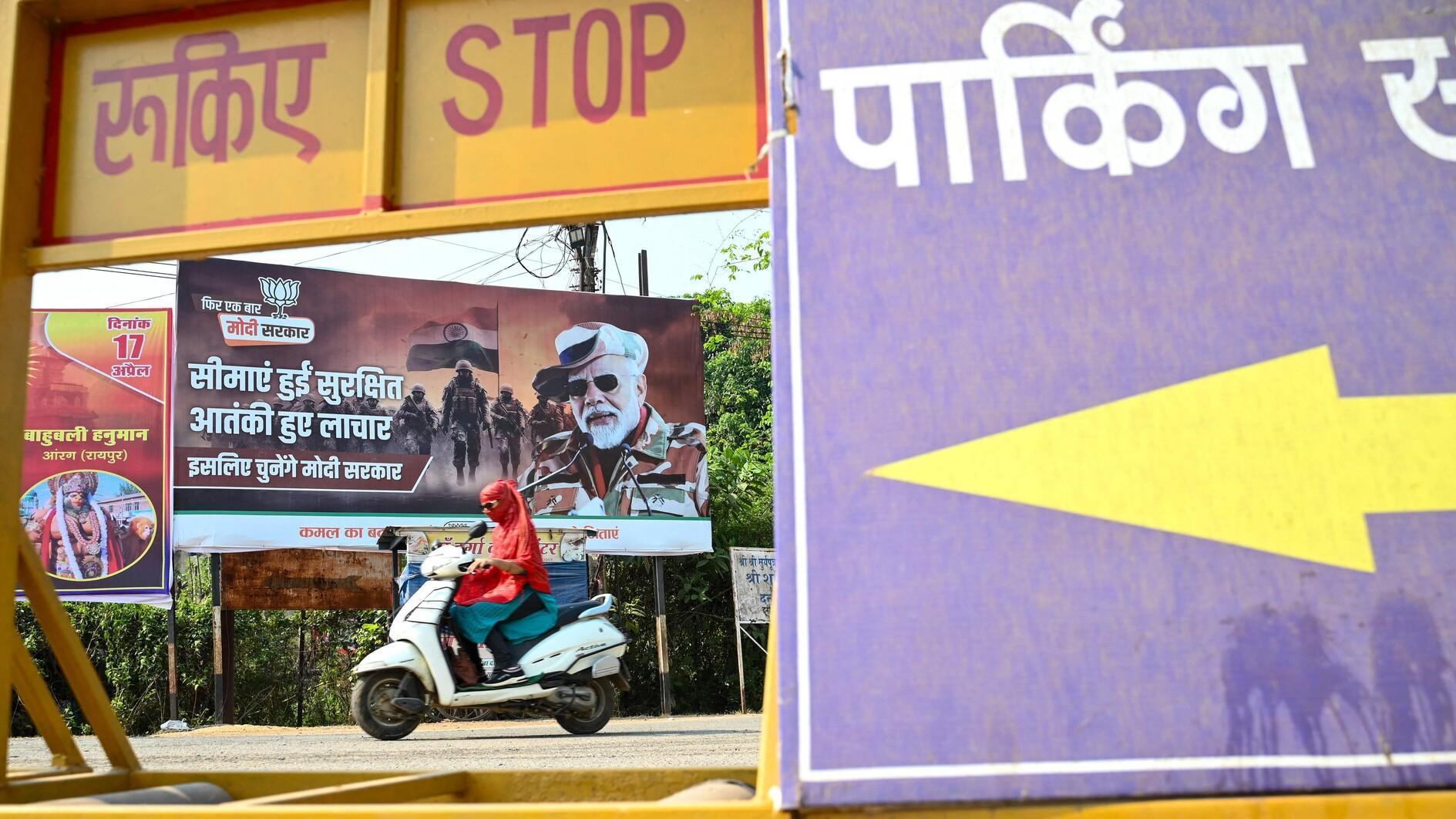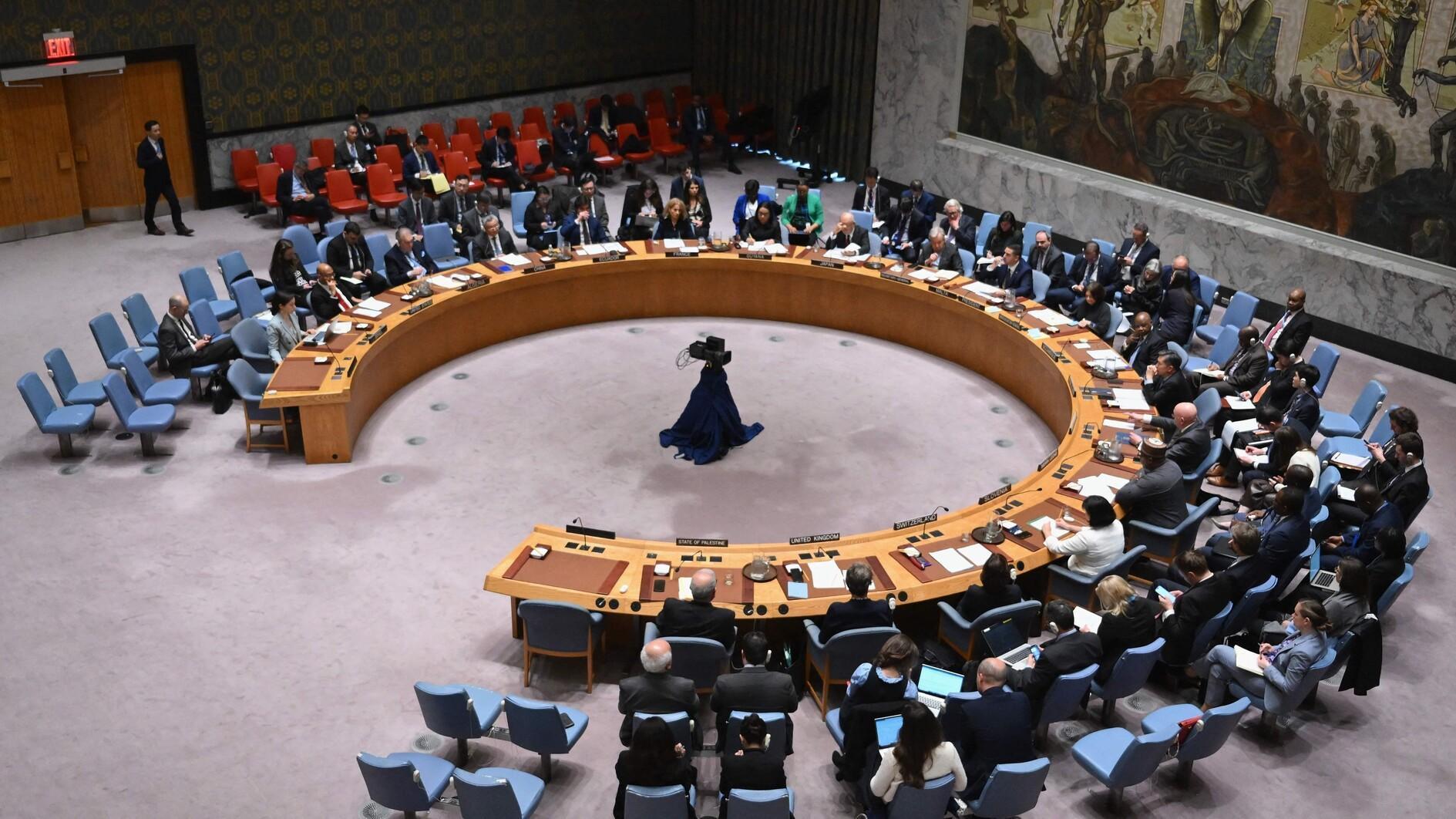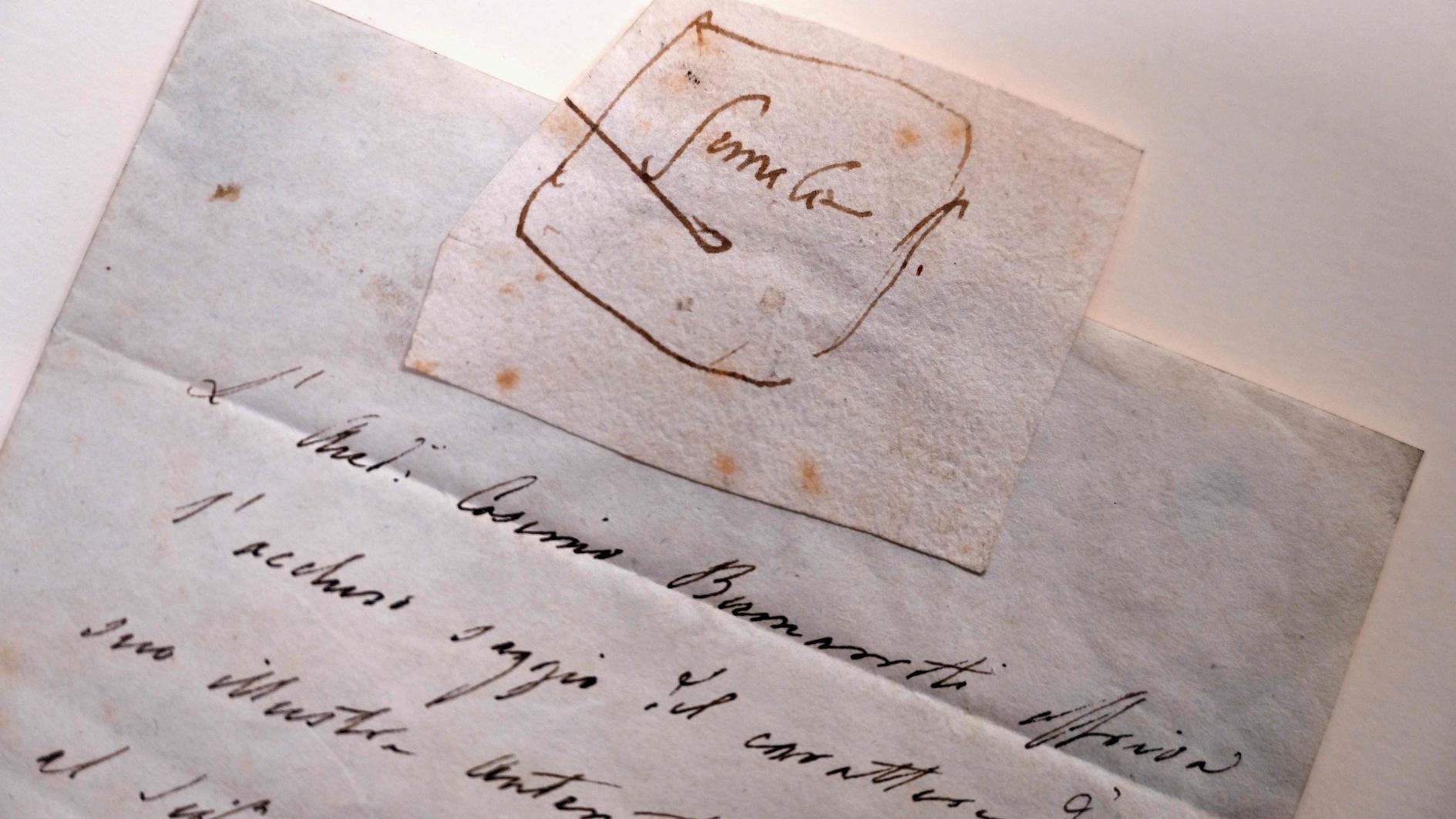Ethical questions over the assassination photograph
Journalists’ reflexes override fear. While people run away from bullets, journalists deliberately head toward the place where the bullets are coming from. The same happened on the evening the Russian Ambassador to Ankara Andrey Karlov was attacked. While everybody in the hall was running away, daily Hürriyet reporter Haşim Kılıç, Associated Press (AP) reporter Burhan Özbilici and daily Sözcü reporter Yavuz Alatan stayed regardless and continued to take photographs.
When the photos Haşim Kılıç took were broadcasted on the Hürriyet’s website and on private broadcaster CNN Türk, it was only minutes into the attack. Turkey and the world saw the attack first through his eyes. Hürriyet used Kılıç’s photos in its first editions. In the photo, the body of the ambassador was laying on the ground while the attacker was in the background with his gun.
In city editions, this photo was replaced by Burhan Özbilici’s photo because in his photo, the attacker was at the forefront; he is seen shouting with a gun in his hand and his other hand in the air while the body of the ambassador is in the background. The head of the body was hidden on the page layout.
In my opinion, using this photograph was a correct decision. In this photograph, the face of the attacker was clearly seen but it pushed death to the background. It was a shocking picture of violence but it did not contain bloody and brutal details that would trigger distress on the reader.
Some readers reacted and said that using this picture was disrespectful to the ambassador’s family. It is a sad, a very sad picture but it is wrong to categorize it as disrespectful to the family. Other newspapers and TV stations in Turkey and in the world also used this photograph.
The standards and ethics editor at The New York Times, Phil Corbett, said the picture very clearly showed the shocking nature of the attack: “- much more powerfully, I think, than a mere description in the story itself. The well-dressed gunman, the elegant setting — all of this is part of the news value. And while the picture is startling, it’s not gory or sensational in a gratuitous way.”
Dead conspirator gives orders
On Dec. 19, “Conspirator from Kobane” was the headline news on the daily Hürriyet. The story explained that a terrorist, whose code name was Azad Siser, from the outlawed Kurdistan Workers’ Party (PKK) had come from Kobane in northern Syria to Turkey via the border town of Suruç and ordered the Dec. 17 Kayseri bombing.
Internet sites affiliated to the PKK and some Hürriyet readers commented that the newspaper had raised him from the dead. Azad Siser, whose original name was Ekrem Güney, had died months ago and Hürriyet even reported his death. They were right. On May 6, the daily wrote that in an operation in Diyarbakır’s Lice, Azad Siser was killed.
I spoke to the reporter who wrote the story. He told me his sources gave him this information and was not able to control it from another source. Obviously, the source had misled him.
But this situation does not lessen our responsibility. It is a grave mistake to write that a person who died eight months ago gave the order of the massacre that killed 14 people. This also puts a question mark on the information that he came from Kobane and casts skepticism on Hürriyet’s reliability.
Let us not forget that undisclosed sources hold this risk. For this reason, the information conveyed must always be checked as much as possible, if not, then it should be filtered so that names and numbers are not given.











